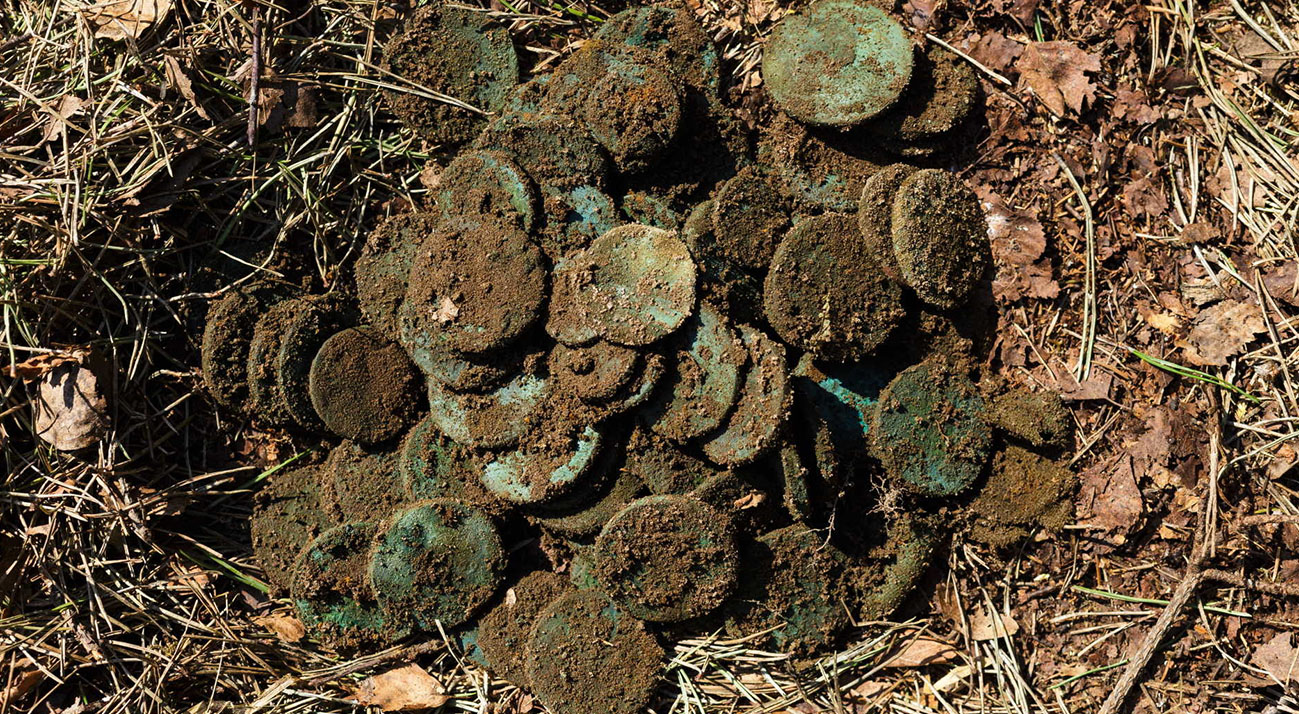Your basket is currently empty!
Stories of hidden treasures in different locations of gratteri
There are many legends spread in Sicily about the existence of ancient hidden treasures that Sicialians call “truvature”. Pitrè, for instance, in the IV volume of “Usi e Costumi in Sicilia”, counts 63 of these treasures scattered among the different places of the island.
A rich written literature, more copious oral tales, collected many times from local researchers, support how the Sicilian people were attached to these plutonic legends. as Salomone-Marino observed in 1898, the discovery of a hidden treasure was for the plowman “the constant aspiration, the dream of every night”. According to some scholars, in fact, when the first Arabic conquerors arrived in Sicily, the Sicilians, for fear of being robbed of their possessions, began to hide large sums of money and large amounts of gold in the most diserate places.
Creative stories of hidden treasures can be found in every corner of the island, guarded at times by the most mysterious presences such as goblins, gnomes, demons and brigands. Specifically, also in Gratteri, in the past, there were some quarters where ancient treasures (often bronze coins) have been found.
In recent years, various proofs have been collected among the oldest inhabitants of the village who identified “truvature” in the localities of Cuticchio rosso, Cuzzino, Passo di Ciacalone, Pietra Grossa and above all San Giorgio.
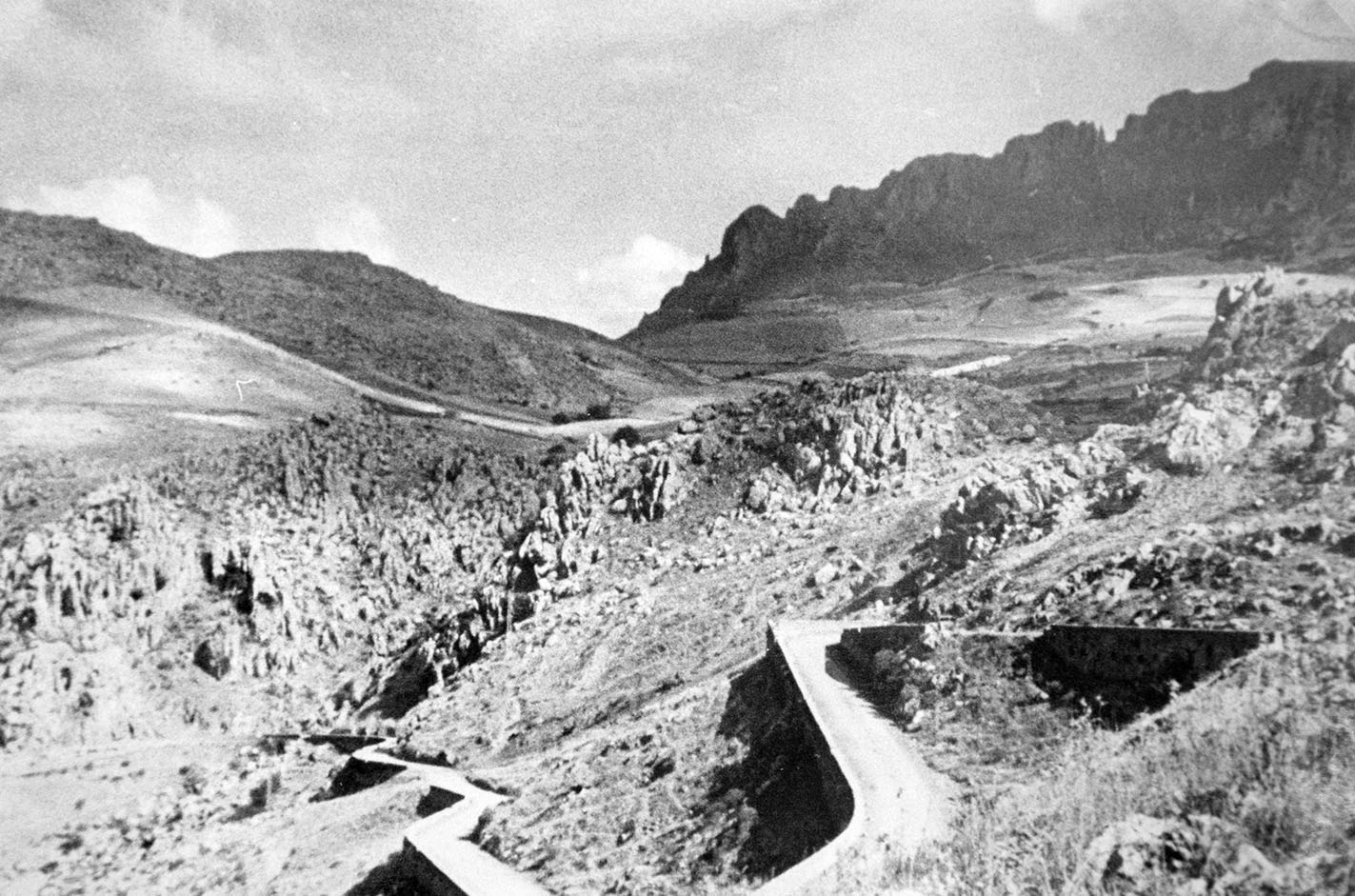
For instance, in the “Pietra Rossa” and “Cruci scali” district -where today there is the Belvedere which extends as far as the locality known as “Cuba”- the presence of an ancient treasure on the ashes of the old cemetery was told. Some elderly people claimed that in that place, some time ago, there was a pillar surmounted by a religious image.
It was prophesied that in order to unveil the “travatura” it was necessary to climb on that pedestal and eat a whole white flatbread pizza without dropping its crumbs. Another story is reported by Giuseppe Cirincione (born in 1918), who tells how, until the end of the 40s, in the same district, there was a Cyclopic that, according to a popular belief, hid an occult mystery.
Over the years, there were several attempts to destroy that boulder until in the 50s someone came up with the idea of destroying it with a mine. Even today you can still see those boulders popularly called “Rutti Brianti”. A third “truvatura” is found in the “Cazzinu” district, at the door of the village, where there was a furnace for the production of lime called “carcara”.
Around 1930, two workers found some copper tools, a late Bronze Age storeroom -which includes eight flat ashes, two shaped like an eye and a large ring- kept today at the Salinas National Museum of Palermo. Another suggestion is the one born around an anomalous boulder of clayey stone called “Cuticchiu russu” in a mountainous area of calcareous soil in the Galefana district.
This anomaly could only encourage the popular imagination, considering that boulder as an excellent point of reference for hiding a prey. It is also said that in 1960 two foreigners, equipped with a map and a metric roll and armed with a shovel and pickaxe, dug near the site to leave again after a few hours with a mysterious discovery.
Speaking of inexplicable episodes, Giuseppe Lanza (born in 1922) reports an episode happened to his father when he was young, at the time of the great overseas emigration in the early twentieth century. At that time, in fact, the man was very undecided whether to leave or not, and so, one night, a good-looking young man, who suggested him not to leave indicating an exact place where he would find a treasure, appeared to him in a dream.
That mysterious presence went in his dream for three nights in a row, until in the last one -admonishing him for his disbelief- he said that in that exact place- called “Passo di Ciacaluni”, former feud of Malagirate– he would see a broom branch burning. When the man woke up the next day, he decided to go and check it out being astonished to notice a burning broom plant. Under it he found only ashes of metal “cacazzi di fuorgia”.
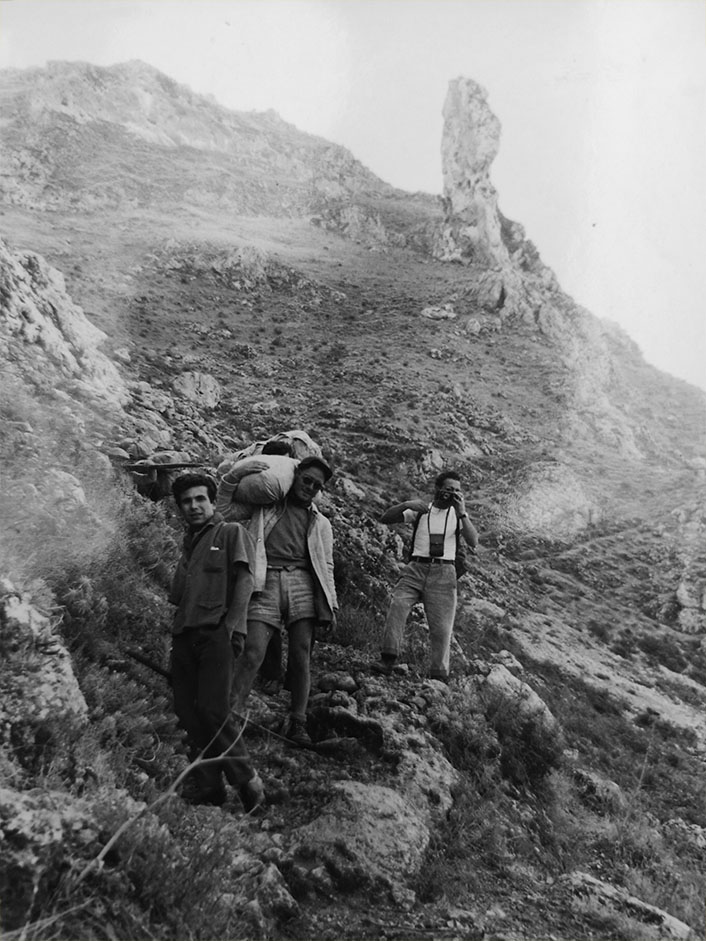
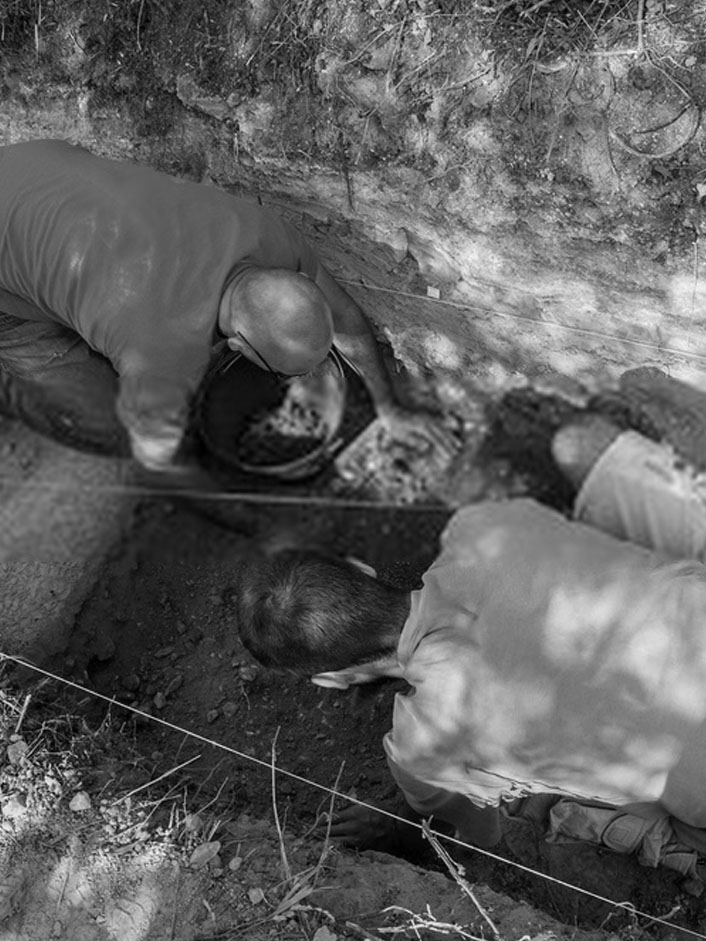
In conclusion, one of the best known popular belief in the village, the one of the “truvatura” (discovery) in the wood of San Giorgio, near the Norman Abbey. This one was built by King Roger around 1140 and given custody of the order of the Premostratensians.
History has it that those monks performed alchemies and enchantments of all kinds to such an extent that they were driven away by the villagers themselves who avenged the dishonour of a violated woman belonging to the rich Gibboino family.
It is said that the monks, leaving the abbey in a hurry, hid the treasure of the coenobium announcing a strange prophecy to find it: three people will have to dream the place of treasure without telling anyone.
But the destiny of the three chosen men would have been different: the first one would have died, the second one would have been paralysed, while the third one would have enjoyed the riches, but after having eaten a whole focaccia bread on the spot, without dropping the crumbs.
And the old people feed stories of superhuman presences in that enchanted wood and of when some of them were paralysed while digging, cyunxes, like a Medusa’s shield, finding only snail shells and metal ashes melted by a forge. Over the centuries many people searched for those riches, digging in the night in that land sold to farmers.
Tombs violated by unusual foreigners who disappeared at dawn, in search of powerful relics, so much so that some old inhabitants claim that Hitler himself, enthusiastic of esotericism, had sent Nazi soldiers to dig in San Giorgio in search of a powerful relic. What are you hiding solitary Gratteri?
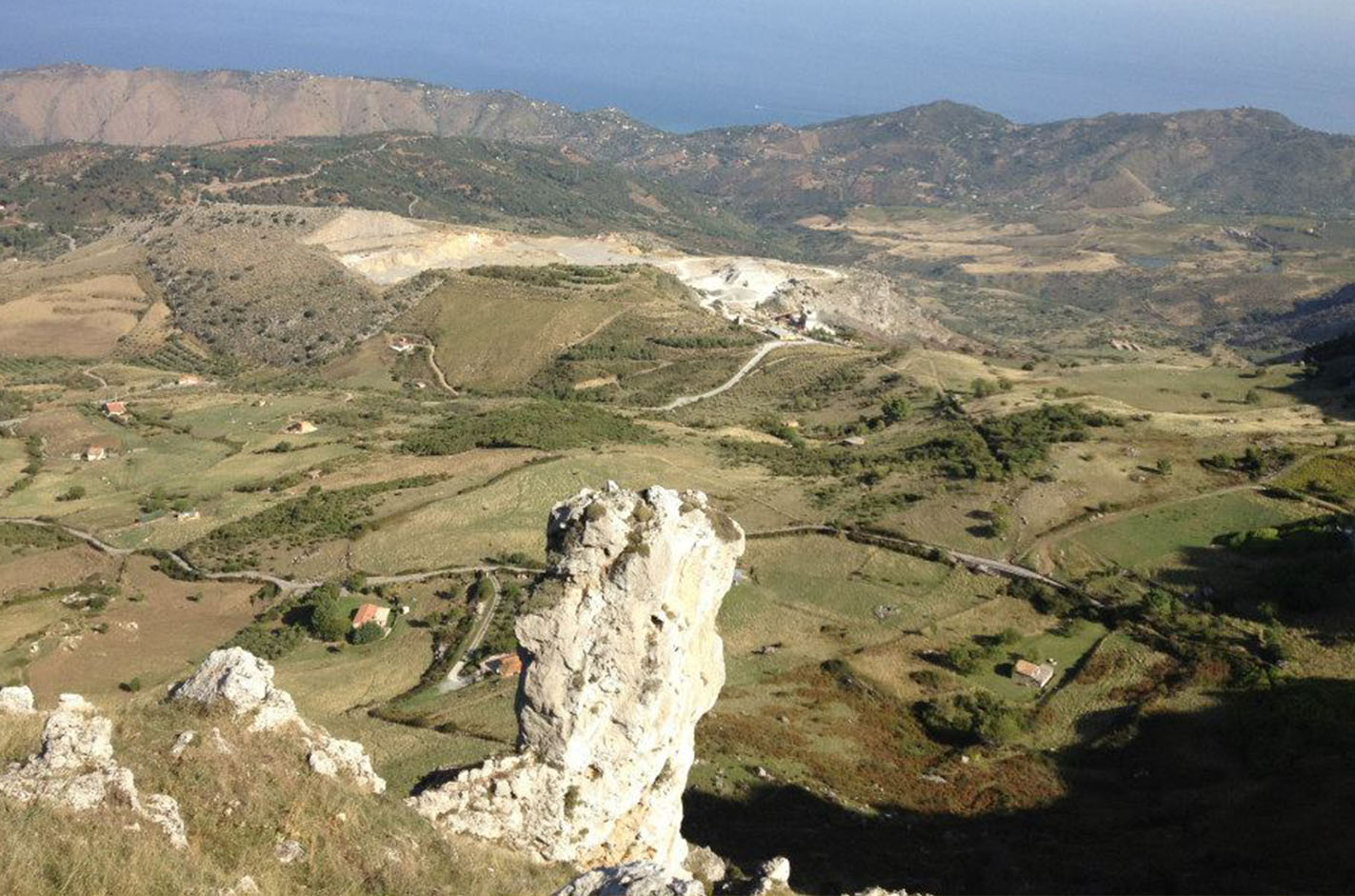
Marco Fragale
(Università di Palermo)
Bibliografia:
PITRE’ GIUSEPPE, Usi e costumi in Sicilia, vol. IV
GUGGINO ELSA, Fate, sibille e altre strane donne.
SALOMONE MARINO SALVATORE, Leggende popolari siciliane, Palermo, Luigi Pedone Lauriel, 1880



